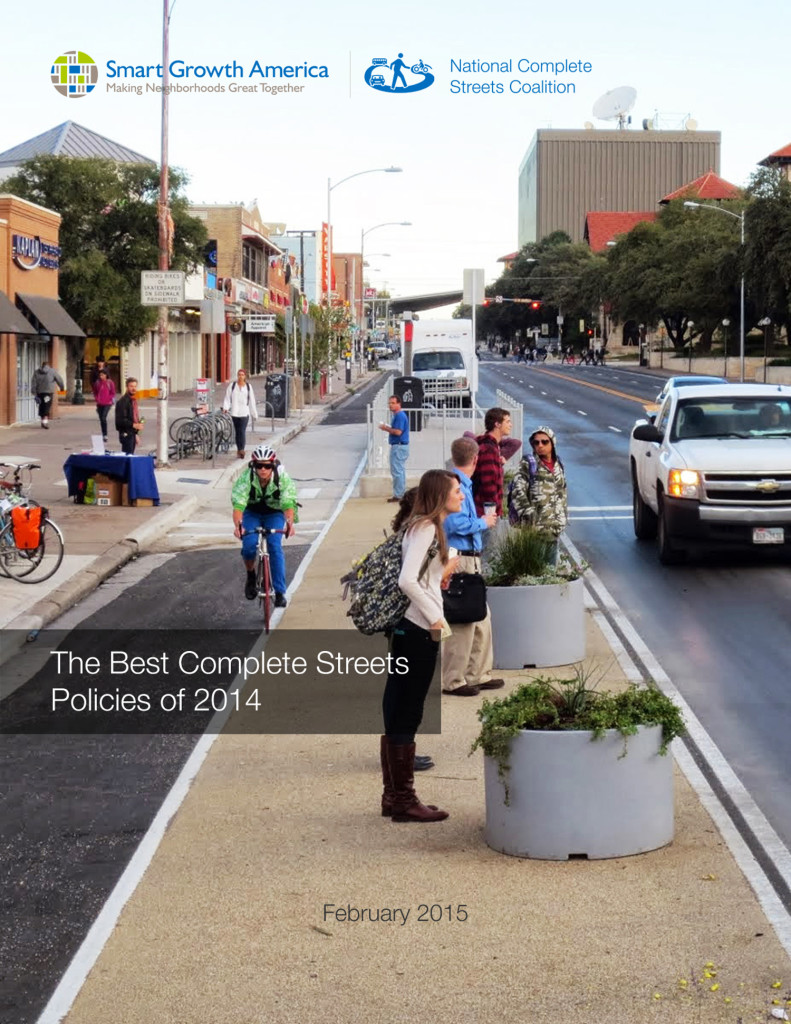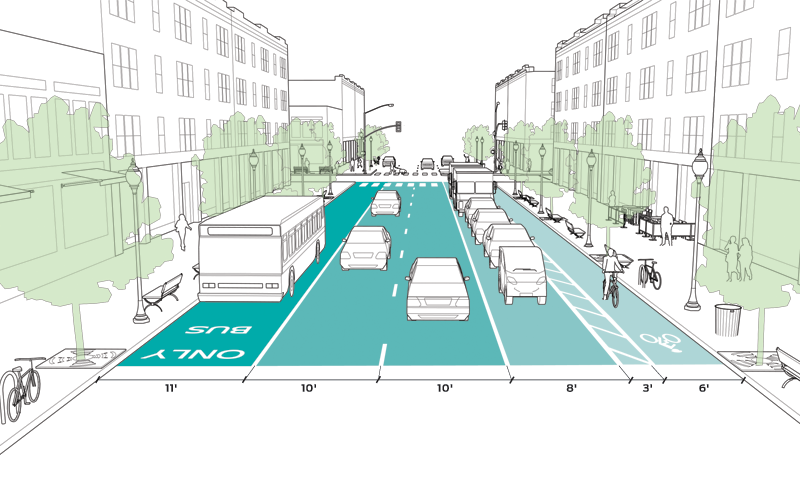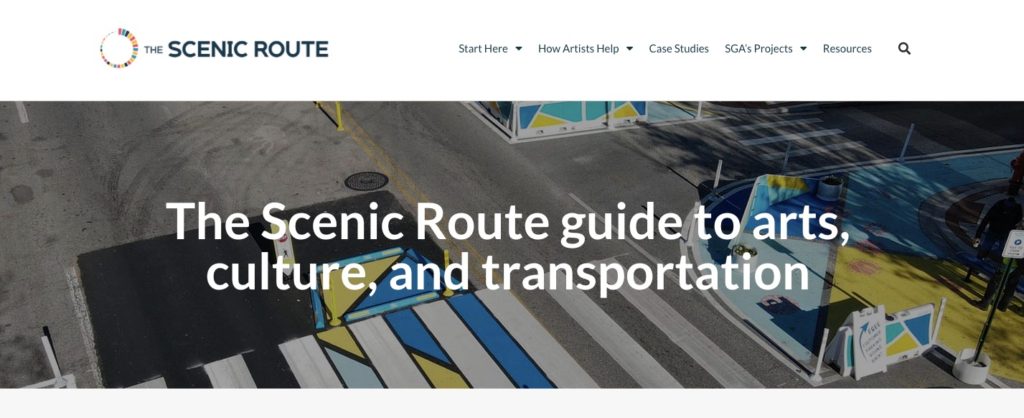Great places rely on good infrastructure combined with a meaningful mix of programming, public spaces and diverse economic opportunity for the people who then inhabit and bring them to life. The eight approaches outlined below represent proven avenues to improve partnerships while better knitting together all of the above.
By using these approaches for tapping into the social networks built around arts and culture, you can earn the trust of your community. By identifying sites of cultural significance, you can be mindful and inclusive of them in planning infrastructure and redevelopment projects.
In The Scenic Route, we outline eight basic approaches to creative placemaking to help you get started. Each approach consists of three things: an intro page with some basic information about the approach, a section called “Get Inspired: Local Examples” that typically provides at least one local, concrete example to provide some inspiration, and a section called “Go Deeper” which provides more detailed resources. The eight approaches we unpack in this resource below are not a linear list, nor do they represent the limit of what’s possible for you and your region or community.
Click on any approach below to jump right in.



